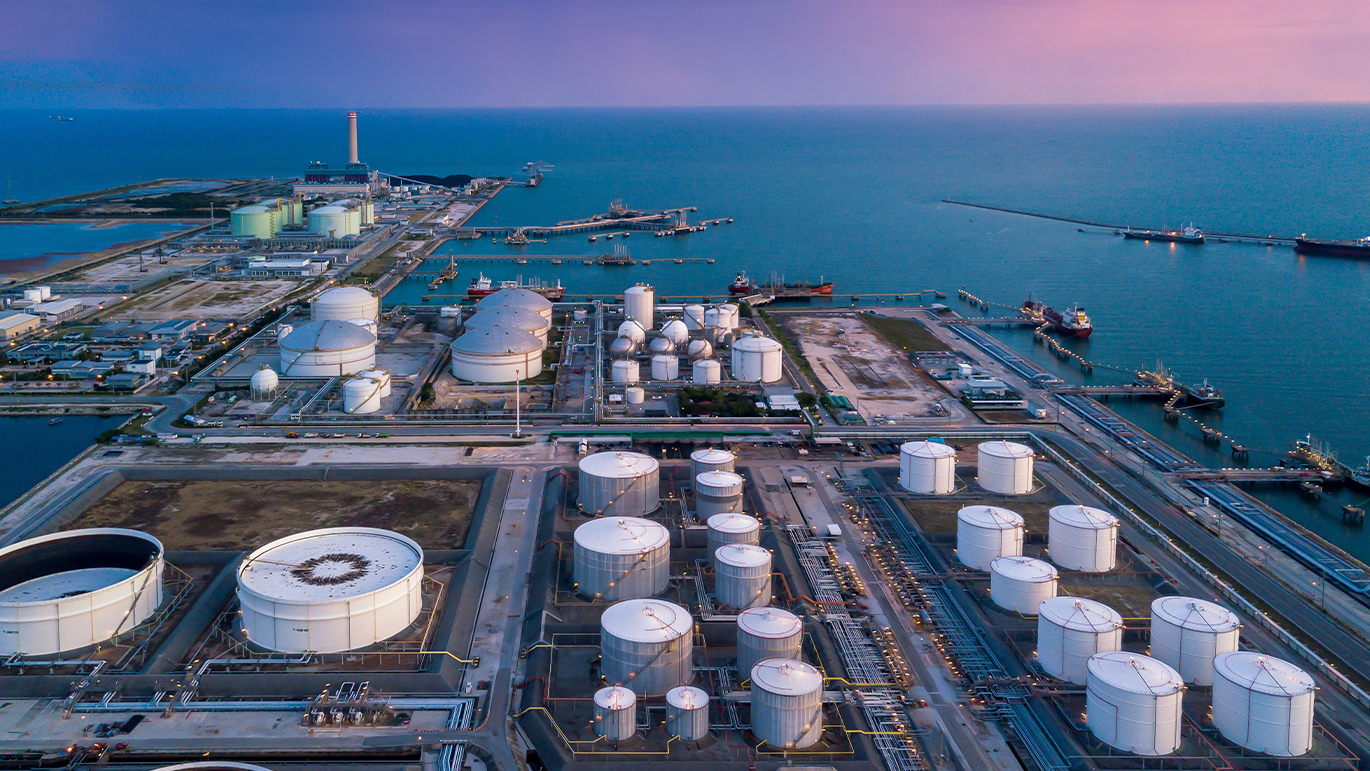Definitions, acronyms and project stages all in one place, with links to our most popular articles on key topics
To celebrate the release this week of Concord® CEO Olfa Hamdi’s first book, Advanced Work Packaging, we’re sharing a linked, online excerpt! This page includes all of the key definitions, acronyms and project stages outlined in the book, complete with hot links to relevant explanatory Velocity® articles we’ve published over the past four years. Bookmark this page for quick reference when you’re working on your next construction-driven capital project, and order your copy of the book today!
Definitions
Advanced Work Packaging (AWP)
Advanced Work Packaging (AWP) is the overall process flow of all the details work packages (construction, engineering, and installation work packages). It is a planned, executable process that encompasses the work on an EPC project, beginning with the initial planning and continuing through detailed design and construction execution. AWP provides the framework for productive, predictable, and progressive construction, and presumes the existence of a construction execution plan. (CII, 2013)
Construction Work Area (CWA)
A Construction Work Area is a portion of the plot plan that has been defined by the project as being a logical area of work. The CWA includes all the disciplines.
Construction Work Package (CWP)
A Construction Work Package is a detailed construction plan that uses the Engineering Work Package as a foundation, adding a scope of work, construction equipment requirements, tools, access, vendor requirements and all other possible construction constraints to facilitate construction planning at a work package level. Construction Work Packages may be utilized as scoping and contract documents for construction contractors.
Release Plan
The Release Plan is an alignment deliverable, and outlines a list of Work Packages, planned deliverable dates, and prioritization of work package development that aligns with the Path of Construction.
Engineering Work Package (EWP)
Engineering Work Packages are produced by the engineering team, and are data deliverables that contain discipline specific engineering documentation for a geographically defined scope of work. Engineering Work Packages have a defined and explicit relationship with Construction Work Packages.
Procurement Work Package (PWP)
A Procurement Work package is a number associated with a scope of equipment and material that fits the scope of a construction work package. The acronym PWP is followed by the numbering structure as the WBS.
Path of Construction (POC)
The optimal sequencing of execution of construction activities (within Construction Work Areas and Construction Work Packages) to achieve desired project performance. The engineering deliverables schedule must be aligned with the Path of Construction.
Stakeholder
A person, or persons, who have an interest, responsibility, or accountability within the Advanced Work Packaging program.
Workface Planning (WFP)
Workface Planning is the process of organizing and delivering all elements necessary, before work is started, to enable craft professionals to perform quality work in a safe, effective and efficient manner. It necessitates the development of discipline specific work packages, ranging from 500 – 1000 constraint free man hours, that construction crews will execute in the field.
Installation Work Package (IWP)
Installation Work Packages are produced by the Construction contractor, and are detailed plans for small scope of work, which are taken from a CWP. The work scope is intended to be performed by a single crew, working under a single foreman, in a single shift. It contains all the information needed by the crew to execute the work, including scope, drawings, materials, equipment, safety and quality.
Work Breakdown Structure (WBS)
A Work Breakdown Structure provides the numbering that will be used throughout the project to define the work associated with each area, discipline and activity. A project-specific WBS is required for each project. The WBS is created in Stage 2, once Construction Work Areas established. Please refer to chapter 3 of this background section of the AWP manual for more detai. .
Acronyms
AWP – Advanced Work Packaging
CII – Construction Industry Institute
CM – Construction Management Contractor
CMT – Construction Management Team
CWA – Construction Work Area
CWP – Construction Work Package
EP – Engineering and Procurement Contractor
EPC – Engineering, Procurement, Construction
EWP – Engineering Work Package
FEL – Front End Loading (Engineering – equivalent to Stages 1-3)
FID – Final Investment Decision (Funding)
GC – General Contractor
HSSE – Health, Safety, Security, Environmental
IFC – Issued For Construction
IPPM – Interactive Project Planning Meeting
IWP – Installation Work Package
JHA – Job Hazard Assessment
MTO – Material Take-Off
NDE – Non-Destructive Examination
PoC – Path of Construction
PO – Purchase Order
PPE – Personal Protective Equipment
QA – Quality Assurance
QC – Quality Control
RACI – A chart to show roles – Responsible, Accountable, Consulted, Informed
RAS – Required At Site (Date)
RFI – Request For Information
RFP – Request for Proposal
TAR – Turnaround
TWP – Test Work Package
WBS – Work Breakdown Structure
WFP – Workface Planning
Project Stages at a Glance
Stage 1
Evaluate and Select
Stage 2
Definitive Planning
Stage 3
FEED and Execution Planning
Stage 4
Execute (Engineering, Procurement, Construction, Commissioning)
Stage 5
Operate





